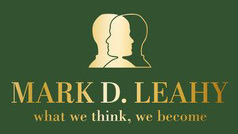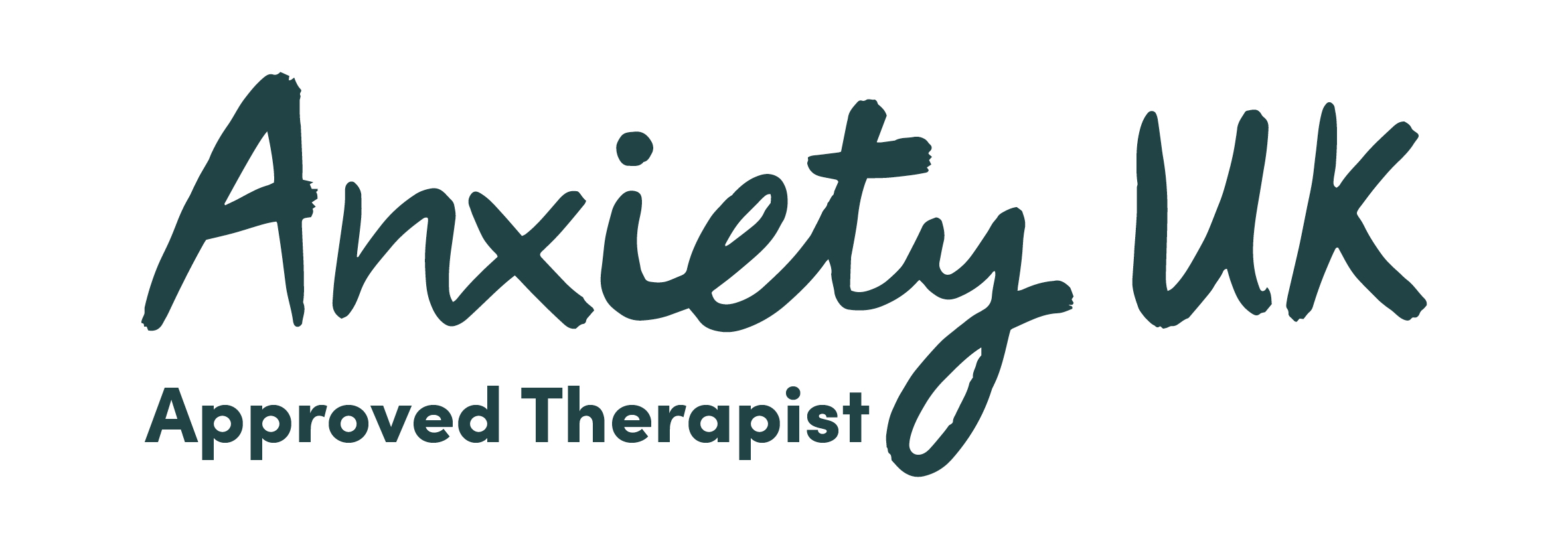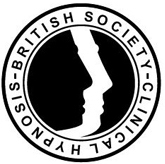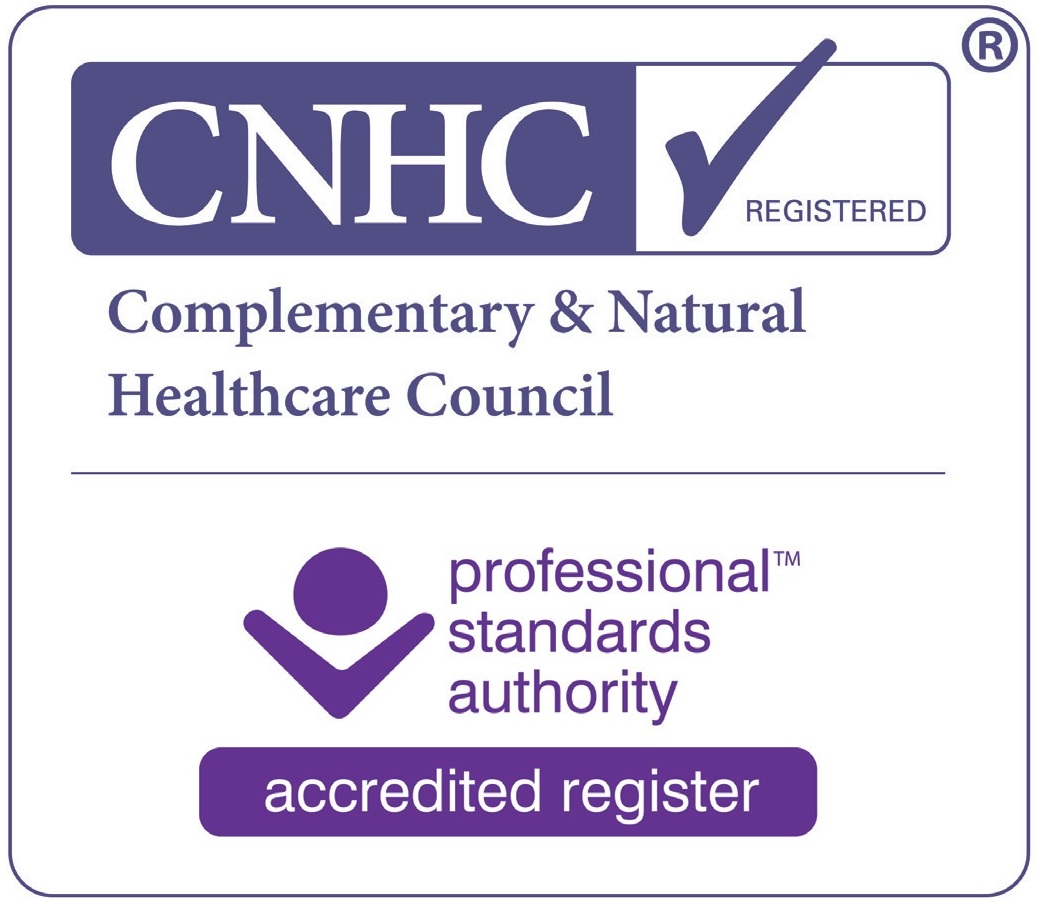The Power of Self-Hypnosis
Do you ever become frustrated because you just cannot kick that habit? Smoking? Drinking excessively or over-eating? Biting your nails? Or maybe you think you just don’t have the willpower to stick to a new, healthier routine that you’ve set yourself.
The problem here is that the processes that energize willpower and logic are located in the conscious part of the mind; yet it is the subconscious mind that needs to be accessed and worked with if we’re to effect lasting behavioural change. It is here in the subconscious, where beliefs, emotions, intuition and imagination do their work, that transformation can be achieved.
We all carry around the abilities to reduce stress and anxiety, control pain and conquer fears and unwanted habits, we just don’t always know how to access those abilities – or maybe we used to be connected with those abilities but somehow, somewhere along the way, became disconnected.
Peering into the subconscious
Take yourself into a world of self-mastery and empowerment. Self-hypnosis can change your life in many proven ways, and it’s a skill that anyone can learn and practice with complete success. From increasing your physical and mental well-being to overcoming phobias and sharpening your judgement, self-hypnosis is one of the most effective ways of accessing the subconscious to help you cope with the challenges of everyday life.
Self-hypnosis is a technique that I show my clients early during the therapy process. By learning and practicing self-hypnosis, my clients can continue the work we do in the therapy room, when they are at home or elsewhere. It also ensures they become independent of therapy as soon as possible. A firm believer in the premise that all hypnosis is self-hypnosis, I use techniques that combine progressive muscle relaxation – sometimes using a slow countdown for the novice – and mental imagery, relaxing the mind and body to the extent that the client enters the theta brain wave state.
Theta waves occur at a frequency of 3.5 to 7.5 Hz and are related to “slow” activity in the brain. Theta activity is linked to creativity, intuition, daydreaming, and fantasizing and is a repository for memories, emotions and sensations. Theta waves are strong during internal focus, meditation, prayer, and spiritual awareness. They reflect the state between wakefulness and sleep, experienced just before we drop off to sleep and just as we’re waking.
Although not the slowest of brain waves (the slowest are delta, which cycle at less than 4 Hz, occur in deep sleep and in some abnormal processes and are the dominant rhythm in infants up to one year of age), they are slower than alpha waves (8 to 12 Hz) and significantly slower than those of our normal conscious state, beta waves, which cycle between 14 and 30 Hz. Beta activity is ‘fast’ activity and is generally regarded as a normal rhythm; the dominant rhythm experienced when we’re alert or anxious with our eyes open. Only gamma waves are faster than beta waves, cycling at approx. 30 to 42 Hz.
A mind producing theta brain waves is extremely relaxed, and able to relatively easily experience an increase in problem-solving abilities, as well as enhanced creativity. By comparison, it could be said that the beta brain wave is wide-awake and engaged; alpha is reflective, and delta is the brain wave we enter when we’re asleep.
The importance of accessing the theta state is that it allows you to make new connections in the brain quickly and thoroughly. In other words, you become open to suggestion - but only the suggestions you want to take on board. Having entered the theta state, you repeat the suggestions, or hypno-affirmations, embedding them firmly in the subconscious and thereby increasing the likelihood that these thoughts will become reality.
Try it yourself
Self-hypnosis is a superb technique that can be used anytime and anywhere – although obviously should not be practiced whilst driving, operating machinery or performing any activity that requires full attention.
Once learned, it’s powerful enough to enable even short, focused sessions, to be effective and useful. Whether you practice for two, ten, twenty or sixty minutes, you can benefit from self-hypnosis. Don’t underestimate the power of accessing that light trance state for even a few minutes before that big presentation you have to give; or before taking the field for that important match. Whilst waiting your turn to be interviewed for your perfect job, a few minutes of self-hypnosis could mean the difference between landing your dream job and remaining unfulfilled.
When trying to kick old, unhelpful habits, about three months of daily self-hypnosis practice is usually sufficient to retrain your subconscious completely and consign those habits to history. So, what are you waiting for? Take back control and live that happier, healthier life you deserve!
Mark D. Leahy BSc (Hons) Psych, PgDip, MSc (Distinc) Clin Hyp, GMBPsS, DBSCH
Clinical Hypnotherapist and Performance Psychologist.
Tel: 07824 554418





